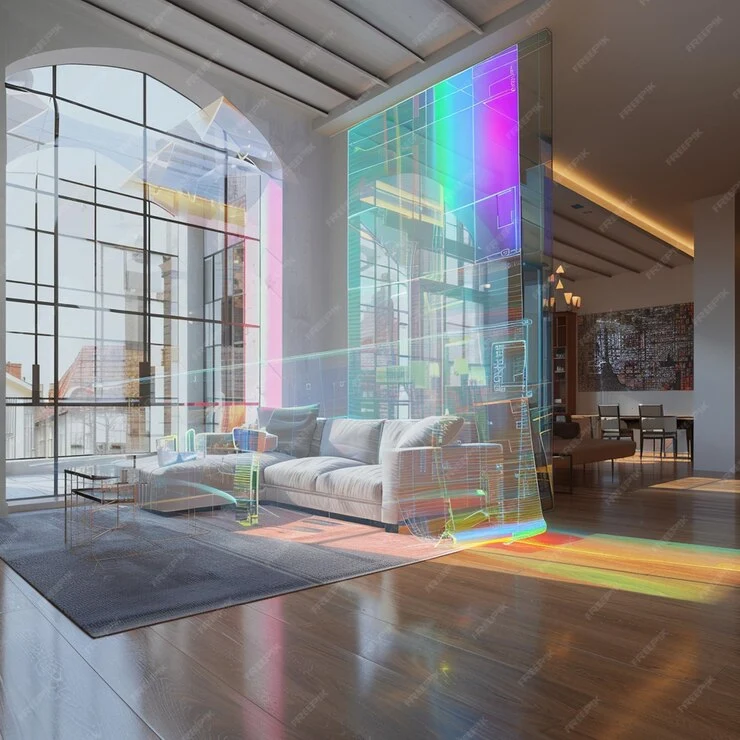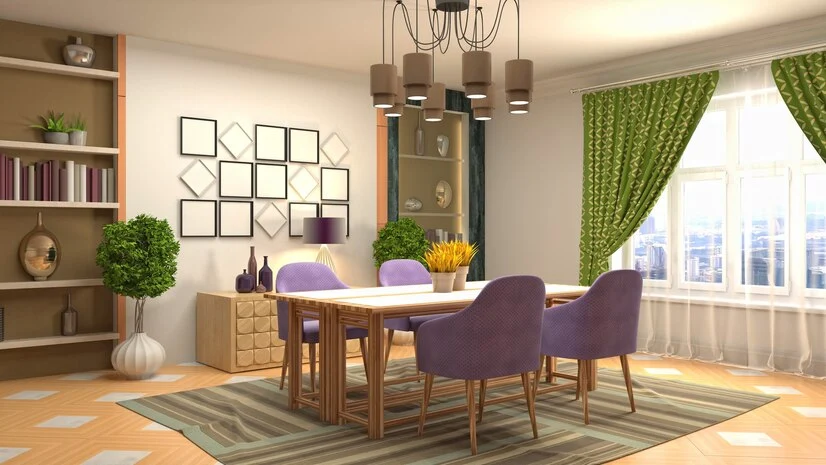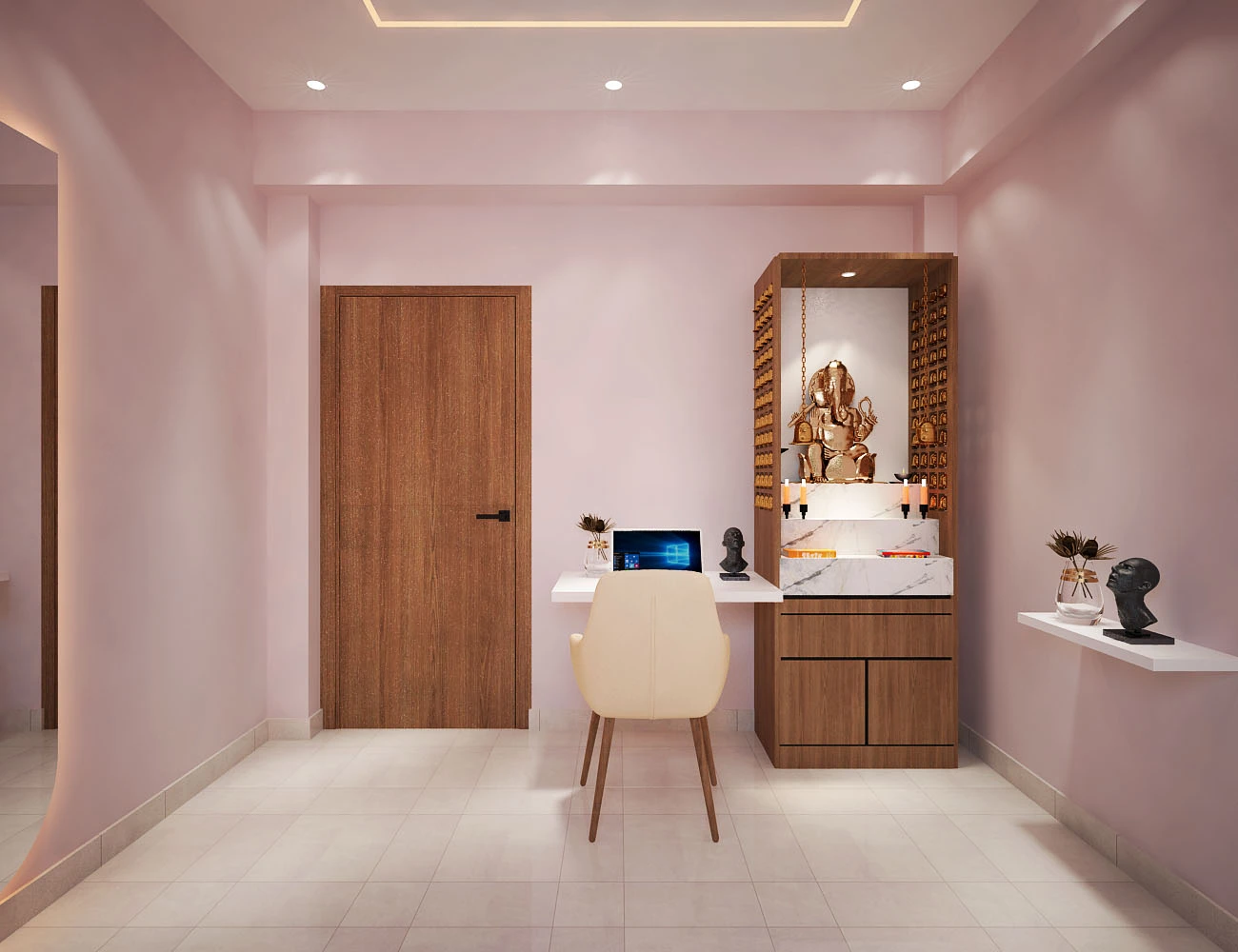Finest bespoke
interiors.
About Company
Prominence
interior designer in INDIA
Interiordesignwala.com is the one place where your all aspirations of interior designing are met potently. Here we are ensuring to tie all the aspects of interior designing, project management, technology and creativity all together to give our client’s an effective interior design practice. We are an interior designer and believe in eminence, excellence, perfection and integrity in outlining mesmerizing home interior.

![]()
Contact Details
How Can We Help You?
5
Years of Experience
928
Online Projects Designed
158
Turnkey Projects Delivered
48
Working Skilled Labor
WHY us
WHY PEOPLE CHOOSE IDW

By choosing Interiordesignwala.com, you’re choosing experience. Interior Design Wala leads with its highly experienced interior designers who are innovative, efficient, and personally monitor every project. So, connect with our experts for a smart commercial space to a small home interior design, we do it all!

We undertake extensive studies on space management and material recommendations before recommending them to you, for your home interior design which is why Interior Design Wala is affordable. We employ highly skilled designers who create long-lasting and optimal designs, which are evident in our 3D-rendered images.

Interior Design Wala works on the concept of augmented virtual reality where we give a detailed view of our designs through our 3D rendering services. What else can be better than visualizing a 360-degree view of your interiors before you spend heftily on any interior design companies in India? So choose Interior design wala for online room interiors or workplace interiors.

When choosing a designer, we completely understand your concerns and questions. To allay any of your worries, start with a free consultation right now. We will walk you through every step that our team takes to design vibrant interiors for our clients.
Swipe to See More
Testimonials
You certainly are an industry expert in our niche. We’re very happy with your interior work. thanks to team interiordesignswala.com , specifically muskan & Bhawana madam, Thanks and regards
Just a call n my work was done in very professional way n affordable n could talk freely with our requirements n suggestions
I am happy with the services. They are very friendly with clients because they are open communicators and know how to make a client feel comfortable about all the decisions that are made in the design process.”
Thanks to interiordesignwala.com. Their process is both comfortable and easy. We love your choice of fabrics and finishing for our home and appreciate how you were able to figure out how to effectively display all of our pictures and other accessories.
I must recommend Interiordesignwala.com as they are best interior designer with Whom I have ever worked with. The team is versatile and can work with different styles too
It was also a pleasure doing business with you. You were always professional, timely and organized, in addition to being creative and flexible. Thank you again for making this a pleasurable and fun experience with truly fabulous results
News & Updates
3D rendering in interior design has changed a lot over some time since its inception. It has come forward with a long journey from making only simple images to creating realistic photos with the high level of detailing. 3D architectural rendering services have helped a lot in growing interior businesses with fine detailing, detailed space management, lighting etc. All these features help in making realistic images which help in better communication with clients, and better communication with references helps grow business. In this blog, we will explore new upcoming advancements in 3D rendering services that help in enhanced pre-visualisation experiences and what can be the futuristic possibilities in interiors with 3D design rendering.
The history of 3D design rendering dates back to 1963 when the father of computer graphics Ivan Sutherland invented Sketchpad. It was the first time that software could be used to draw and edit simple shapes.
1. Real-Time Rendering:
In real-time rendering, technological advancements have allowed to speed up the process of editing images. This technology also lets the designer utilise the real-time interaction of images with search engines such as Unreal and Unity. This is to enhance the user experience where the individual can walk through the design in any type of ambience and can experience the interiors from any angle.
How does it help?
Designers can showcase their sample portfolio with real-time interior rendering where they can showcase a real-like interior with a rich virtual experience with a variety of designs so that clients can experience the actual look of the interiors.
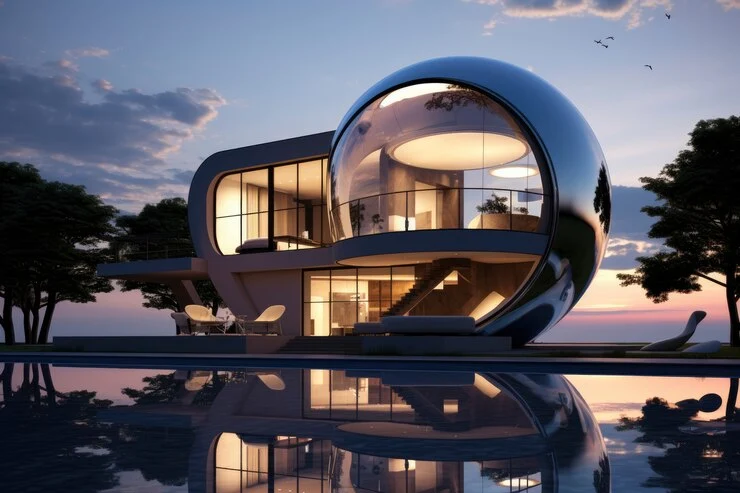
2. AI-Powered Rendering
In this type of 3D design rendering the use of artificial intelligence helps in meeting advanced goals in interior design. AI has brought revolutionary changes in the design industry. You can get on a plate what you can think of! So all you need is to understand your client's need and give prompts to AI-powered software. Thus, this helps in making quick design themes and interiors of the site. AI helps in making more accurate and realistic renderings with natural light simulators.
How does it help?
This rendering helps both ways. For designers to give a quick response to the design query and for clients to provide more accurate design references to designers for a better understanding of requirements.
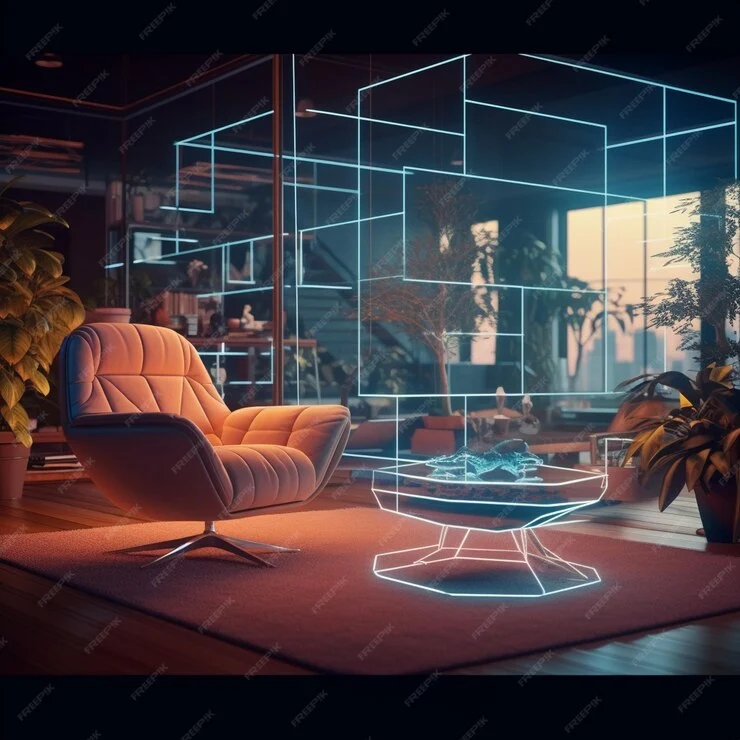
3. Extended Reality Applications
One most interesting techniques is the XR technique which ‘X’ stands for any variable/ any word of the alphabet that can blend the physical world with digital elements. It can be said that augmented reality, mixed reality and virtual reality are subsets of extended reality that allow clients to explore various 3D environments.
How does it help?
This helps in creating better simulations for any type of user. The client can access your designs while staying at their place, which in return helps the designer in making powerful client engagement and less chances of losing a client with the help of extended reality in 3D architectural rendering services.
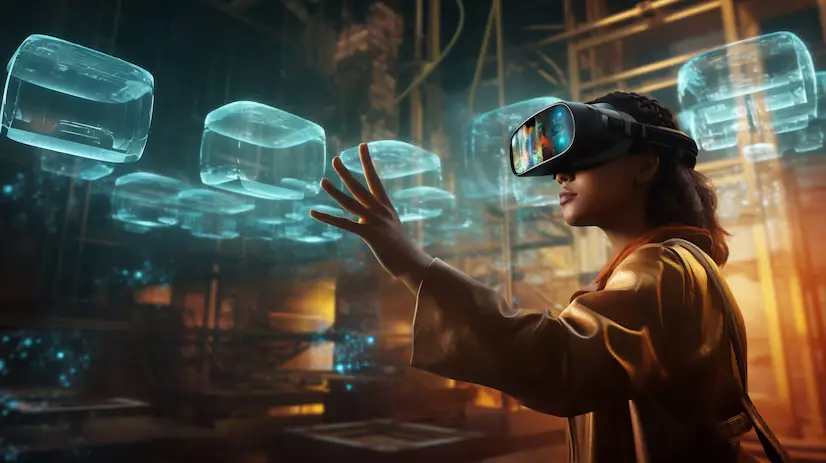
4. Photorealism and Ray Tracing
What appears different in paper sketches and digital images? Do all digital/online images appear the same? What makes the images realistic? These are some questions that are answered by photorealism and ray tracing. Interior designers who use advanced 3D design rendering software can get the benefit of this inbuilt feature where the objects can get accurate shadows and reflections with tracing of the path of light in different materials and elements.
How does it help?
It helps in making realistic 3D images, in creating walkthroughs and in virtual reality where the whole thing is about feeling futuristic designs with technology.
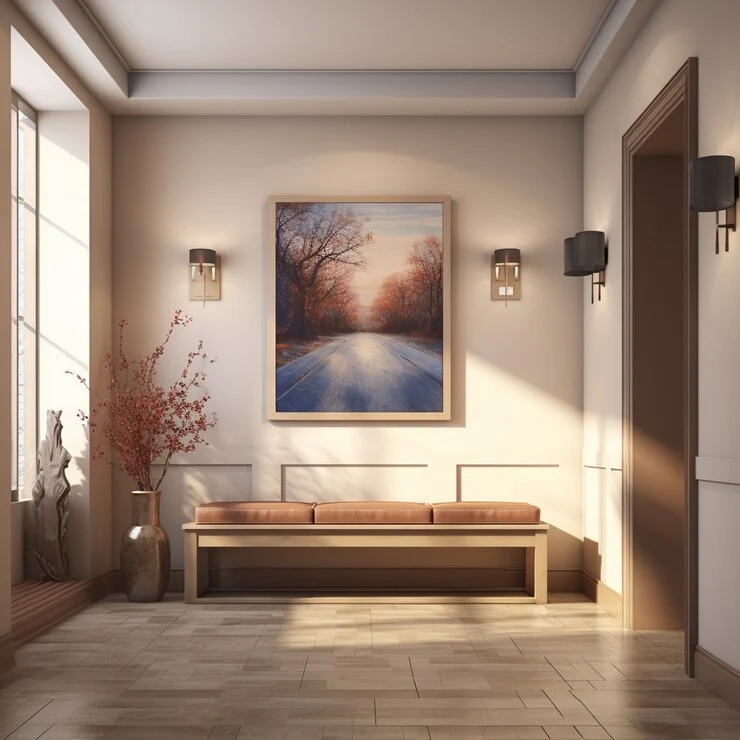
Take a look!!
A 360-degree view of interiors created with 3D rendering by Interior Design Wala.
5. Mobile and Cloud Rendering
If you want scalable, cost-effective and easily accessible 3D architectural rendering services but not on your local computer then cloud rendering is your option. This helps in increasing efficiency as multiple devices can work on the render at the same time.
How does it help?
This technology is used to speed up the tasks to free the local computers and enable it at remote locations so that the rendering can be done parallelly at several locations.
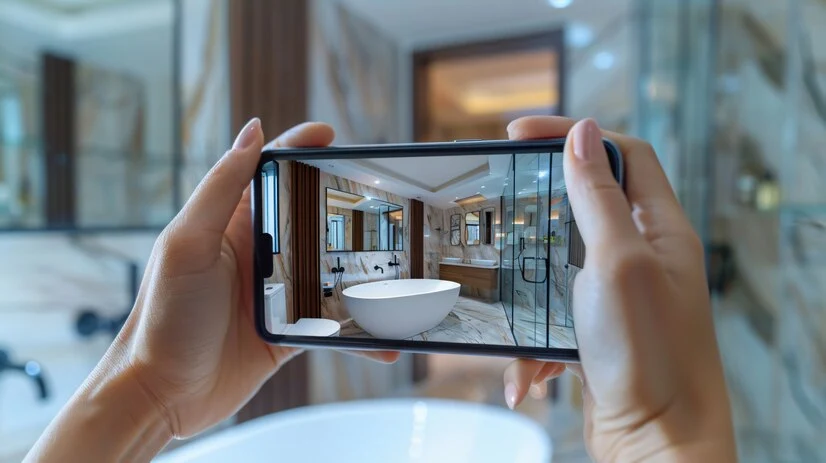
6. Holographic Rendering:
One of the most stunning 3D architectural rendering services that are going to be the future trend of interior design is the Holographic rendering technique. In this technique, 3D images are created in void spaces. This technique can be used as a great tool for placing furniture and objects in the interiors. However, the users of this technique are still fewer due to high-cost investment and less skill set, but as a futuristic approach, this can be a real path breaker in 3D design rendering.
How does it help?
This is the ultimate real-time experience of the interiors where you can see the future design elements live in your own space. Switching to this technique enhances customer satisfaction as they can see a holographic image of the futuristic design in their desired corner.
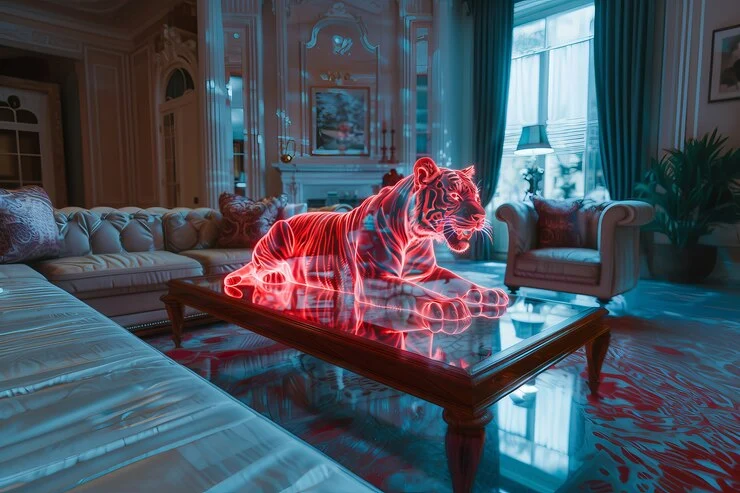
The Last Say
If we see it from an end user's perspective, one question will always come to our mind, i.e. ‘ but how will my interiors look like ?”. After all, when we talk about interiors it's all about the looks and feeling. Now it's the capability of the interior designer how he can bring richness to this ‘ look and feel’. It's only by giving the user that experience! These advanced technologies are the solutions for creating a rich experience for the user. Of course, there may not be every client who will be needing it but those demanding it can’t be ignored. They are the most aware clients who are ready to spend bucks provided the designer ensures them the quality work they provide.
This assurance can be provided by samples, brochures, and projects done in past by sharing 3D architectural rendering images of the user’s site. On top of it when designers use these advanced rendering techniques, it enhances the clarity of design to clients that are going to be part of life of their for years. So, interior designers if you want to grow your business start thinking about advancing in technology.
FAQs
Q1. Who is the best 3D architectural rendering services provider in interiors?
A. Interior Design Wala is one of the most trusted platforms in 3D architectural rendering services which works very keenly in detailing the images.
Q2. Can we have a 360-degree view of our interiors with 3D design rendering?
A. Yes. Interior Design Wala provides a 360-degree view of interior designs with its 3D design rendering services.
Q3. What is the cost of 3D rendering in interiors?
A. The cost of 3D rendering in interiors is variable according to the design complexity, the base price of the company and the built-up area of the space. You can get a free quotation at Interior Design Wala at 9315097751, drop a mail at bd@idwinteriors.com or simply visit www.interiordesignwala.com
Interior designing is all about how you can feel the designs. Many of you may even think ‘How can someone feel the designs?’ Yes! It's a matter of thought about why interiors are needed in any home. Is it a need or is it a luxury? In my belief, it's none of both. Infact it's not even a question of need or luxury. It is about incorporating an organised lifestyle. Interior designing contributes to leading the same. But what makes Interior designing more organised, well-communicated and deeply connected with the client? It's the technology behind it, i.e. the 3D rendered images.
Hadn’t it happened to you that you are awestruck by some interiors? A design that you feel completely belongs to you. Any home design image on Pinterest that you made your phone’s wallpaper or any interior designer's page on Instagram that you follow just because you like the beauty of images and designs created by them.
In modern times it is possible to give wings to your creativity with the help of technological advancements such as making 3D rendering images or 3D floor plan rendering images. All you need is a highly creative team that can foresee innovative designs and bring them to conceptualization in interior design. The design images created by professionals with conceptual ideas give some thumping outputs.
1. It gives an enhanced visualization of your imagination
Realistic Previews:
The 3D-rendered images of any interior design help in making realistic interiors with the help of technology. These realistic interior images in return help clients to have a better visualisation of the designs which they want to execute in real.
Detail Presentation:
These images bring a detailed virtual representation of the actual interiors that include lighting, furnishing, detailing with patterns, fabrics etc. So that the client can feel the designs before they are executed. These elements also minimise the gap between the actual site and virtual representation.

The software-based technology tends to provide a clear expectation to both parties i.e. the designer and the client. Showcasing the requirements with sample images and converting that precise design needs into reality with the help of 3D rendered images help in better requirement analysis.
Interactive Feedback:
Imagine yourself as a designer, explaining about a certain imagination of yours. You may think that you have explained the design very well to the client but when it's executed the client is furious about it!! What went wrong actually? The feedback!! Because the client was unable to visualise your imagination and thus give feedback on it. This kind of situation is well avoided by using 3D rendering.
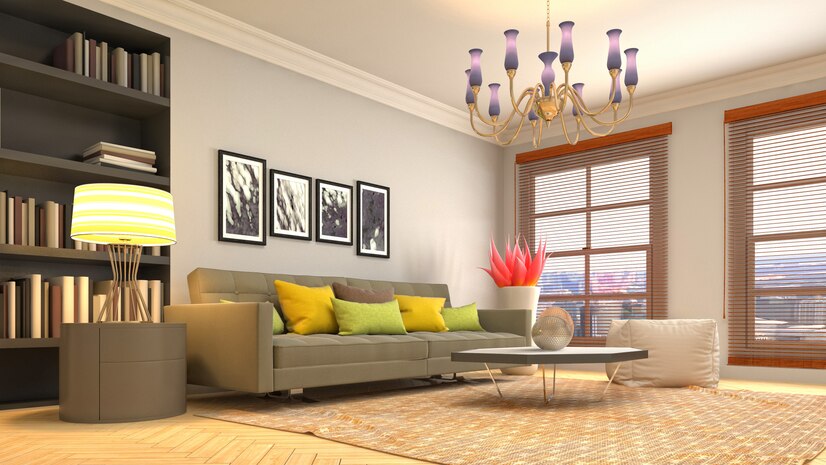
Compelling Marketing Materials:
Believe it or not! These images are a great tool for marketing your name. If you can create high-quality images and innovative designs then it's very much possible that your designs go viral over social media thus quality 3D rendered images are a great tool for making your presence in the competitive market.
Virtual Tours:
Virtual tours are very helpful in making your client ‘ feel the design’. This technology is again the next step of the 3D-rendered images where designers can give a realistic experience to the client with a 360-degree view. Interior Design Wala offers this service to its clientele base who wish to have a very precise and realistic view of the interiors before they are executed.
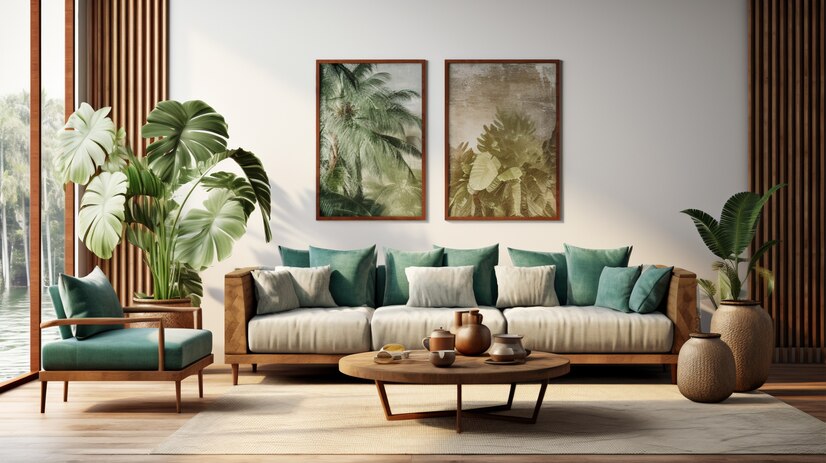
4. It certainly cuts down the time and cost of a project
Error Reduction:
3D rendered images are the perfect tool for saving time and energy. The possibilities of actual iterations on the site reduce with 3D rendered images. This activity before execution thus helps in error reduction in execution thus saving lots of time, energy and of course your bank balance.
Streamlined Approvals:
This technology has an emphasizing effect on meeting deadlines of the project and has lessened the timeline. However, it's an additional step in interior designing but this step is very fruitful in getting streamlined approvals, as with these clients get the best visualisation and if your work speaks, your projects can never get on a red tape.
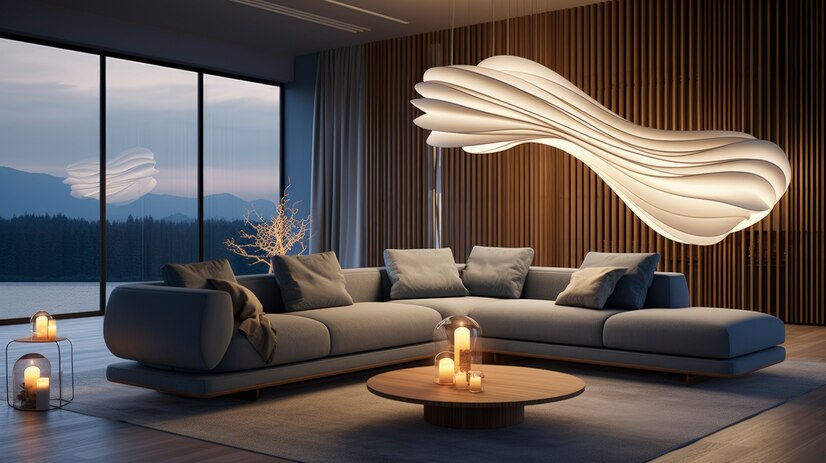
5. It helps you make a brand with a competitive edge
Innovative Approach:
3D rendering empowers the business with experimentation. In the modern world where every day we need something new for our’ feed’; this tool allows you to let your creativity fly higher and make it realistic and practical with your design approach.
Professionalism:
In the digital world, a sense of professionalism is achieved by making a great portfolio. 3D rendered images help in making this portfolio. It not only brings a streamlined approach but also showcases your professionalism and seriousness towards your business.
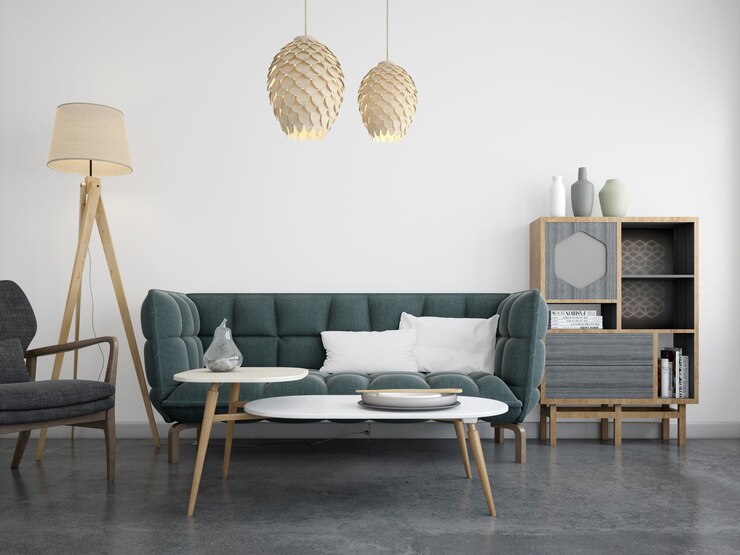
6. It helps in trust-building between clients and designers.
Increased Confidence:
A sense of trust-building happens when clients get to see your portfolio and your actual site execution. The less the difference between your designs and the actual site, it will make a lasting impact on client decision-making.
Enhanced Satisfaction:
No matter how great a designer you are, if you fail to satisfy your client, you will end up losing a project. Thus 3D rendered images are one means of the bridge where you just don't tell but ‘show and tell’. This again makes your work more comprehensible and satisfactory to the client.

The Last Say
Conclusively, it can be interpreted that if you are in a creative industry where your final product delivered is a completely executed site with all interiors and finishes; 3D rendering of creative ideas in the form of images and 360-degree visuals helps a lot in bringing growth to your business. Since trust building is a slow and elaborate practice it includes multiple things from engaging with clients, making stunning portfolios, taking your brand to the digital marketplace or even spreading awareness about your business by word of mouth, 3D images will always be a referral point in interior business. Thus, this tool is certainly very important in building an interior company or a branded company.
FAQs
Q1. Why 3D rendered images are preferred over photos?
Ans. Commercially, if we shoot a product costs more than doing rendering of images. Creating 3D-rendered images of a product is more cost-effective, and productive with the flexibility of designs for businesses
Q2. Where do we use 3D rendered images?
Ans. These images are used in every creative field as jewellery design, architecture, interior design, film making etc.
Q3. Which is the best software for 3D rendering?
Ans. Autodesk is the best 3D rendering software generally used by interior designers and architects.
.
Ideal place for pooja room
Bharat being a land of many cultures has also many religious beliefs. For example in Hinduism the north, east and the north est directions are considered best for making a pooja room due to the high positive energy of the rising Sun. In Islam, Qibla or the direction of Mecca is considered the most auspicious. Similarly in Christianity, the East direction is considered the direction of their almighty. Thus, as a professional interior designer, it is important to have in-depth knowledge of your client's backgrounds.
Technically there can be two types of pooja room designs i.e. closed and open. Where closed spaces are space-saving, compact and functional; the open pooja space provides an aesthetically pleasing area and allows large gatherings and detailed pooja space for pooja rituals, more privileged in Hinduism.
Closed pooja room designs for small spaces
Pooja room in the study room
If the study room doesn't have a toilet attached to it, you can make a small section for pooja in the study room. There can be various ways such as by making a temporary or permanent partition in the room, utilising the vertical walls for making pooja, you can also use blind corners of the room for making a pooja area by using wooden shelves, provided the corner is in the right direction.
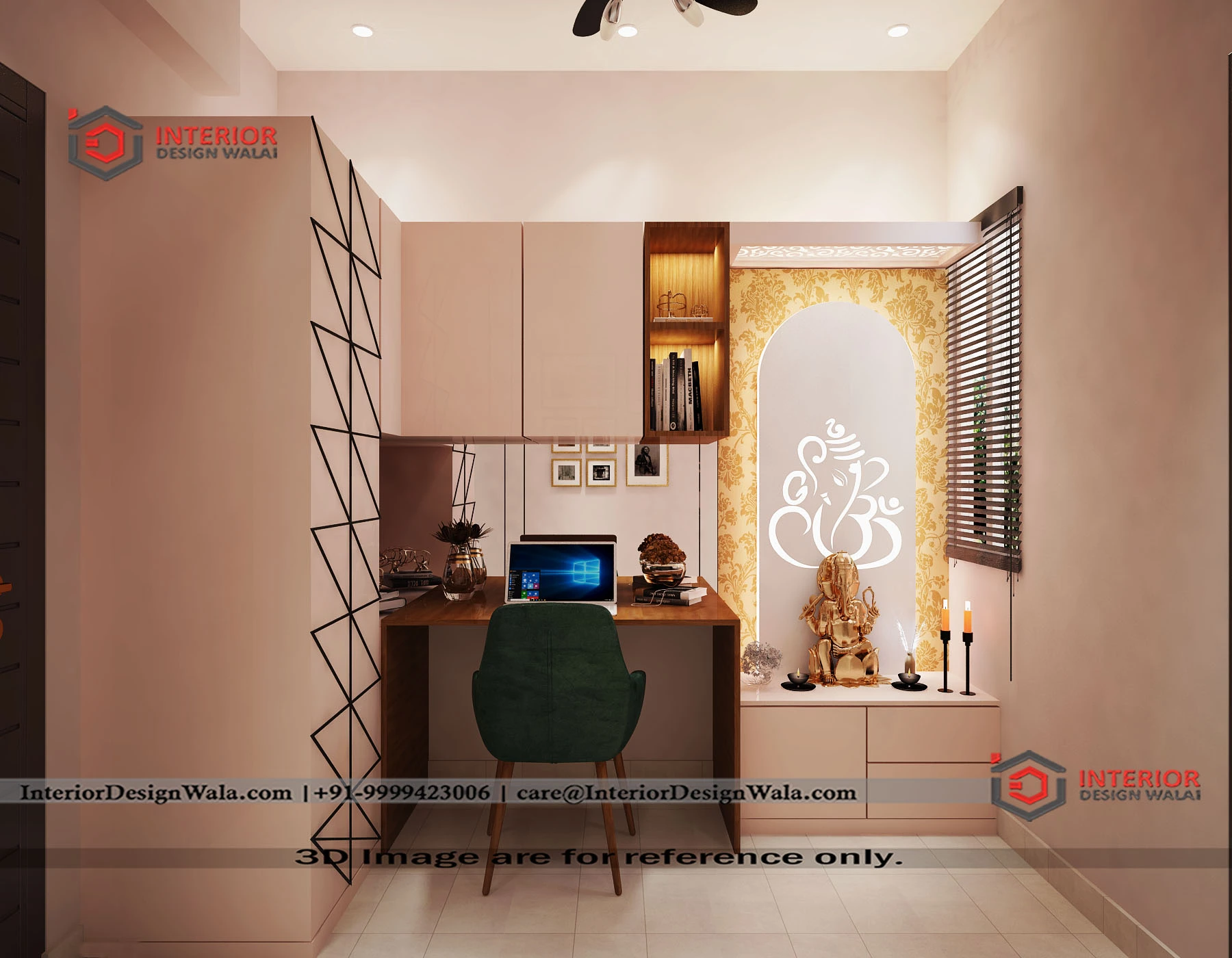
Pooja room in the bedroom
However, as per Vastu, it is advised to avoid making pooja in bedrooms, if it's unavoidable, make sure to give a solid/semi-solid partition in the room for making pooja room in bedrooms. You can also simply convert the balcony space into a closed pooja room.
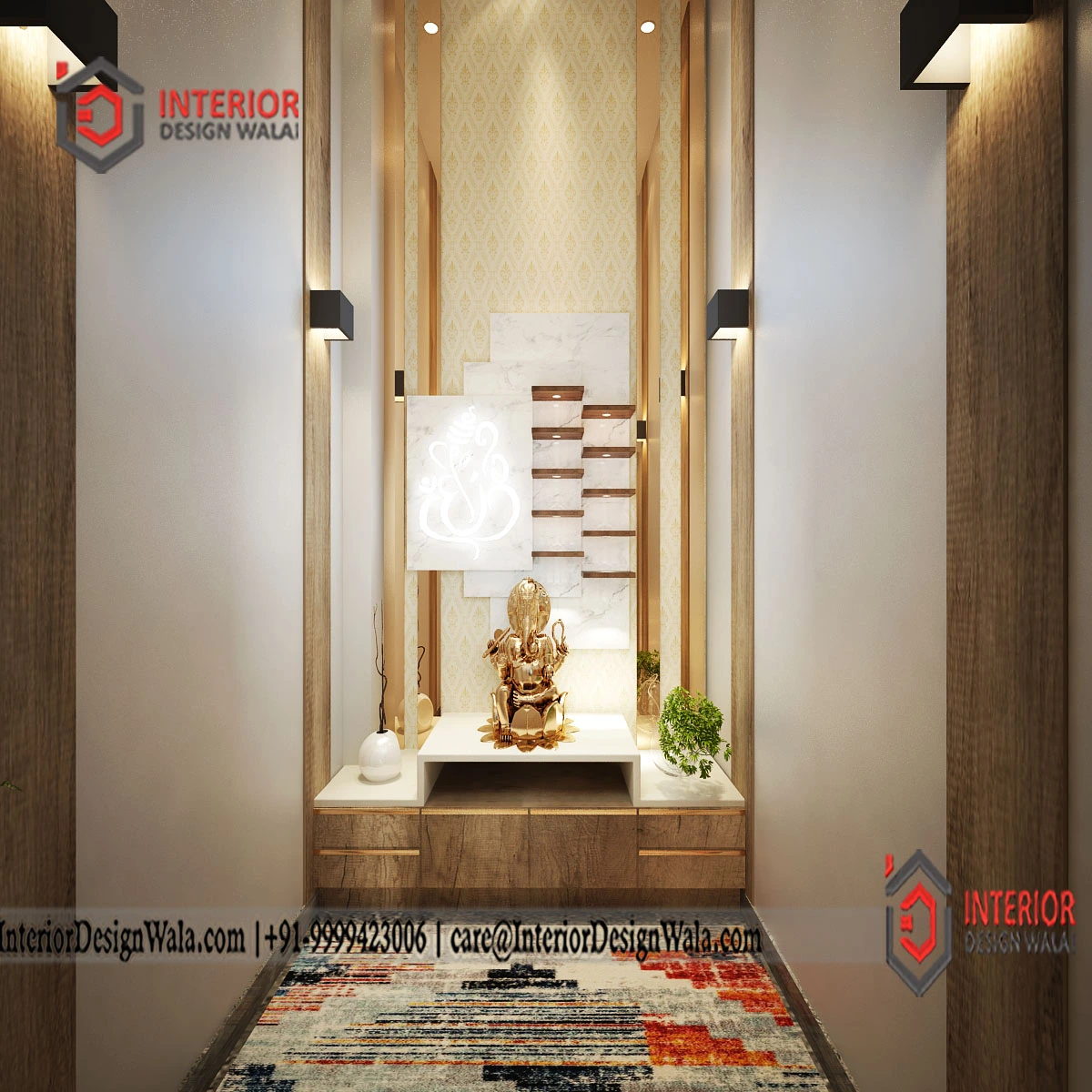
Open pooja room designs for big halls and common area
Pooja room in the living room
In the modern design system, where living space has become comparatively smaller than old days, making a pooja room in the living room is the new of blending modernness with traditional roots. You again try various options here, making an illusion of a closed partitioning hall, by placing a stylish earthen wooden temple etc.
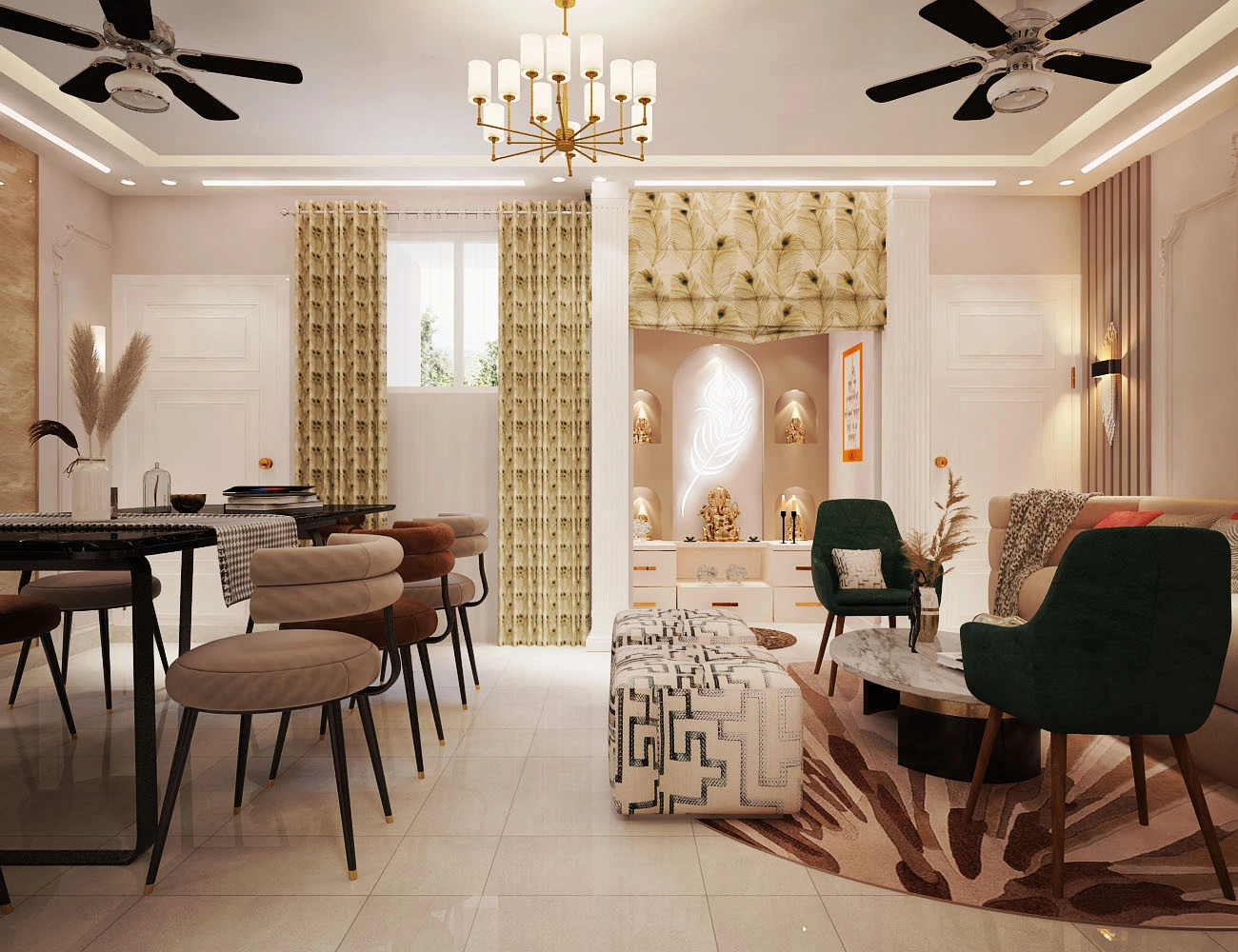
Pooja room in the accent wall of the dining area
One another place to make a pooja room is the accent wall of your dining area where you can make a dedicated space for a pooja mandir. This will be an open worship area which will also be aesthetically pleasing while dining in. If the direction allows so, making a pooja space near the kitchen is considered good in Vastu.
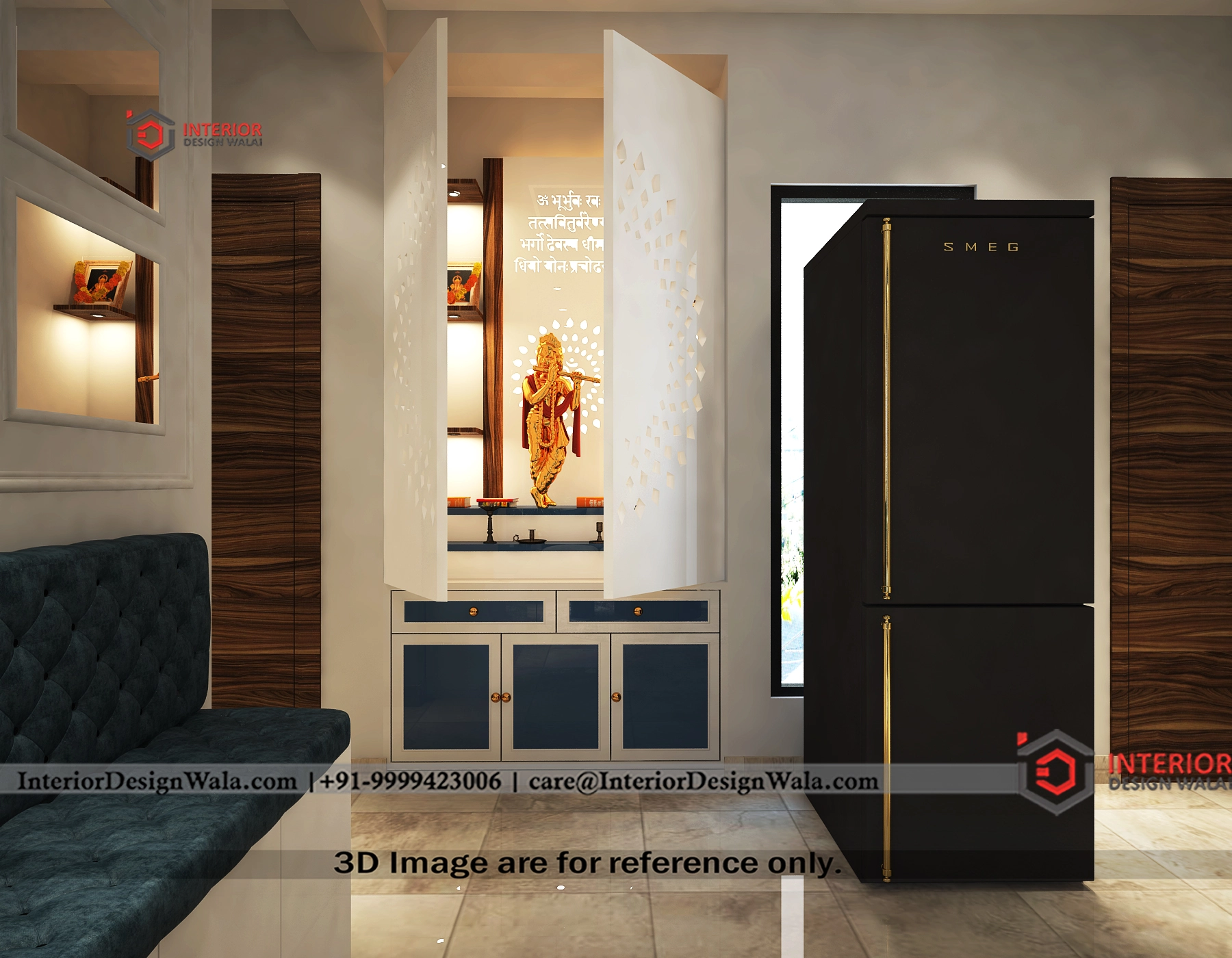
Pooja room being an inseparable part of Indian homes always needs special attention where you cannot compromise going with sub standards. Since it’s directly connected to the roots, identity and cultural existence of an individual it is advised to go for an interior design consultation with a professional such as Interior Design Wala, where they have expertise in blending cultural beliefs into modern styles while keeping the essence of the space intact.
Q1. Which is the ideal direction for making a pooja room or placing a pooja temple?
A. According to Vastu Shastra, your pooja room must be in the northeast direction of the house.
Q2. Which colours can be used in making a pooja room design?
A. Always look for soft and neutral colours for the pooja room such as beige, pale white, peach, cream yellow etc. These colours help in making high concentration.
Q3. What is the ideal shape of a pooja mandir design?
A. According to Vastu a wooden rectangular or square mandir with a pyramid on top is considered the best mandir design.
Q4. Which is the best material for mandir design?
A. Wood and natural stones like marble are considered best and pious for making mandir designs as suggested by interior design wala.
Swipe to See More
